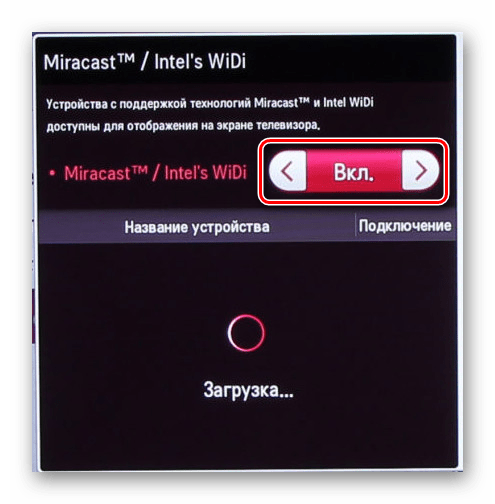
- #Intel widi for android how to#
- #Intel widi for android 1080p#
- #Intel widi for android windows 10#
- #Intel widi for android android#
OS X and iOS do not work with Miracast, as Apple uses its own AirPlay technology.
#Intel widi for android android#
In terms of the operating system, you will need to have Windows 8.1, Windows Phone 8.1, Android 4.4, BlackBerry 10.2.1, or greater. This should not be a problem with newer devices but older devices may need to use a Miracast adapter, which can be plugged into HDMI and USB ports. Sounds great, but how do you use it? Well, for starters you will need your devices to support Miracast. Content is streamed directly through your device, meaning Miracast devices – unlike Google’s Chromecast – do not need an external internet connection.
#Intel widi for android 1080p#
Miracast devices allow streaming of up to 1080p video and 5.1 surround sound, and the connection is secured using WPA2 encryption. Since 2013, the Wi-Fi Alliance has rolled out the Miracast wireless display standard, using peer-to-peer Wi-Fi Direct to enable point-to-point connections between devices without the use of a router.
#Intel widi for android how to#
Screen Mirroring: How to Connect a PC to a TV (via Miracast) For those occasions when you need to display an application on your TV that does not have built-in Chromecast support, it is also possible to display the entire content of your PC or Mac’s desktop. That is not an end to the Chromecast’s talents, however. Chromecast streams up to 1080p, and in most circumstances, it delivers smooth, stutter-free video. This enables you to stream any internet-based video, and even files stored locally by dragging them directly onto a Chrome tab and casting it. Google’s Chromecast plugs into the back of your TV and mirrors web pages from the Chrome web browser, using your home wireless network to connect to a laptop or mobile device running the browser. Screen Mirroring: How to Connect a PC/Android Phone/Android Tablet to a TV (via Chromecast) You can do this by right-clicking on the volume icon in the Windows system tray, selecting “Playback Devices” from the pop-up menu, selecting the appropriate device, and clicking “Set Default.” HDMI and DisplayPort connections can carry sound as well as vision, so a single cable should do everything required, but you may need to manually switch audio devices to get audio to play through your TV. The signals can also travel over a high-speed Thunderbolt bus, so you might be able to connect your TV to a Thunderbolt port on a Macbook or iPad. The only thing left is to decide if you want to mirror or extend your current display, which both macOS and Windows support.Īnother possibility is mini-DisplayPort: this too can be connected to an HDMI television with the right cable, or via a simple adapter. Furthermore, you have the wireless option if your TV supports Miracast. However, a cable such as one with USB-C to HDMI does the job fine. Adapters provide the best functionality since you can utilize different video source inputs. Some have a mini-HDMI port or a DisplayPort connection. In closing, most modern laptops can physically connect to a television using either USB-C or HDMI.
#Intel widi for android windows 10#
Wirelessly Mirror or Extend Your Windows 10 Laptop to Your TV If you have a smart TV with wireless display capabilities (Miracast), you can also mirror or extend the display by pairing it with your Windows 10 laptop, Macbook, Macbook Pro, Macbook Air, or even an iPad. How To Wirelessly Mirror or Extend Your Laptop Display Thunderbolt 2 is downward compatible with Thunderbolt 1, and Thunderbolt 4 is downward compatible with Thunderbolt 3, so it is best to get the newer option for either of the two types of connections. DisplayPort, or HDMI adapter depending on your Mac’s model or its available options and the source’s input capabilities.

How to Connect Macbook Laptop to TV using an Adapter or Cableįor Macs, you need a Thunderbolt 1or 2 (mini DisplayPort) or Thunderbolt 3 or 4 (USB-C) to SVGA (old monitors). If this does not happen, simply access your “Display” options in “Settings.”

Your laptop should then briefly blink as the settings get configured. Set your TV to the correct HDMI or input channel.Connect the HDMI cable to the adapter (if applicable) and then to your TV or other video source.Locate the video/data port on your laptop and plug in the HDMI adapter or the USB-C/DisplayPort to HDMI cable if that’s what you have.

Once you get the appropriate adapter or cable, it is time to connect to your TV. Connecting Your Windows 10 Laptop to Your TV


 0 kommentar(er)
0 kommentar(er)
